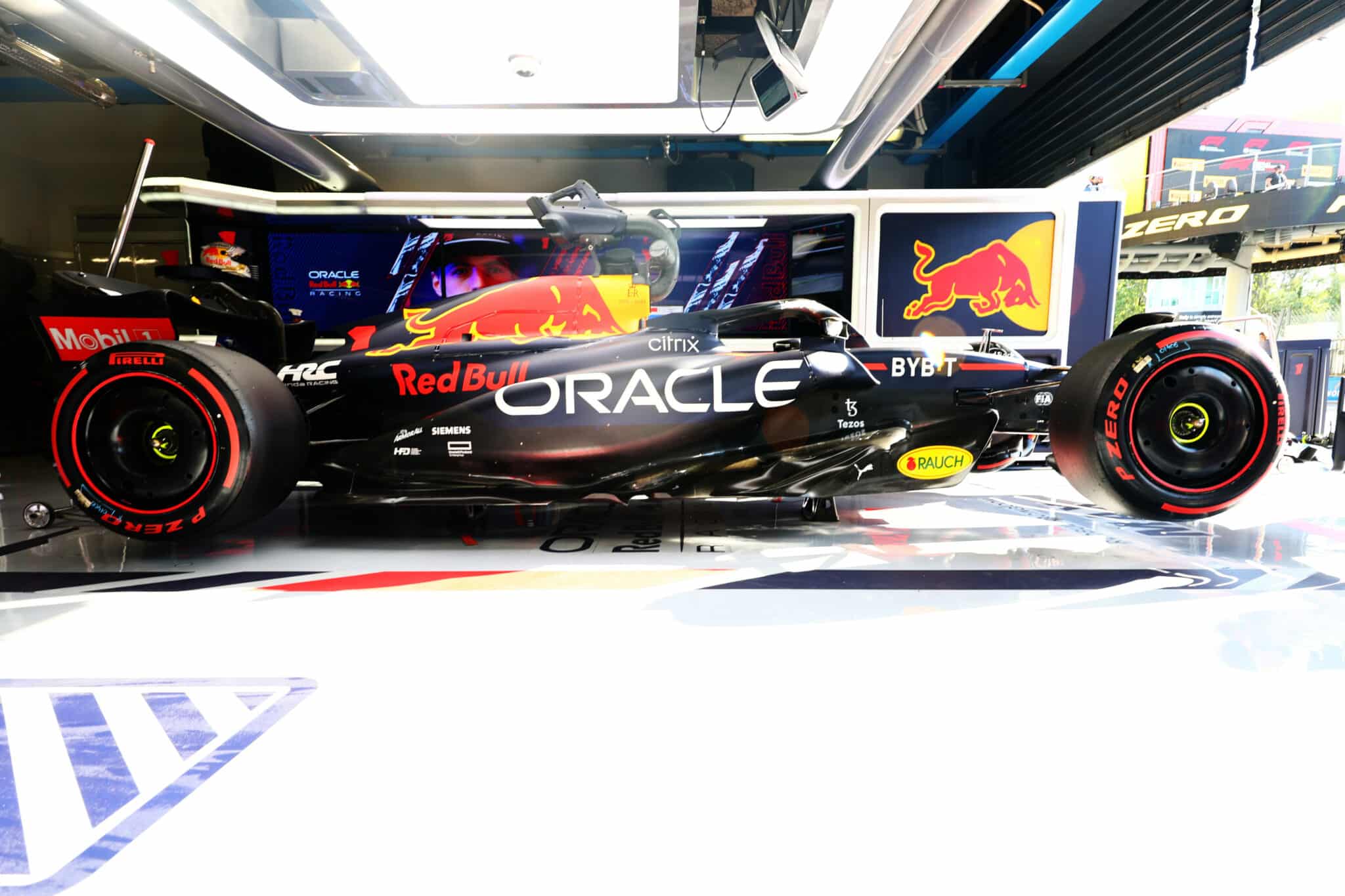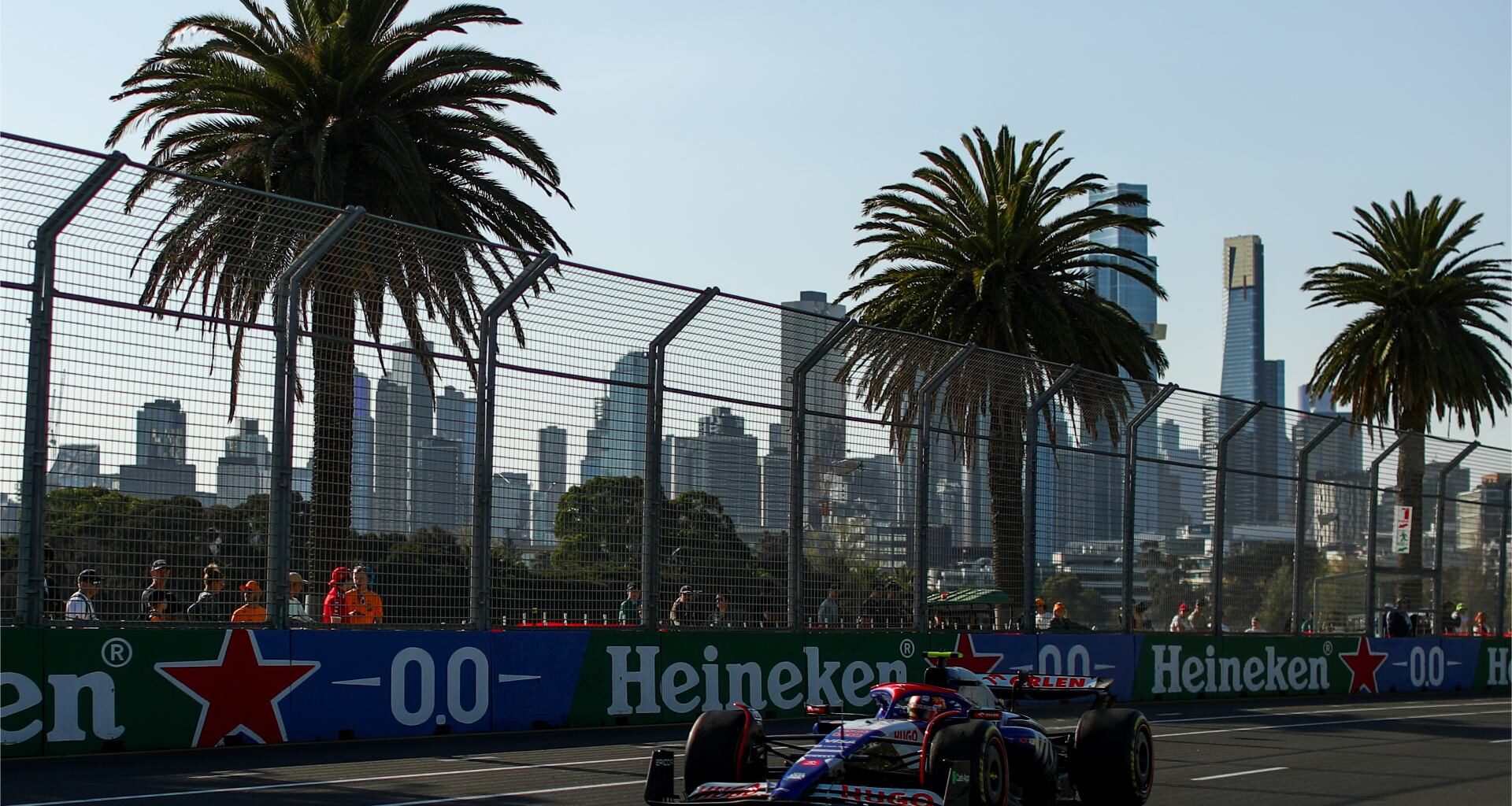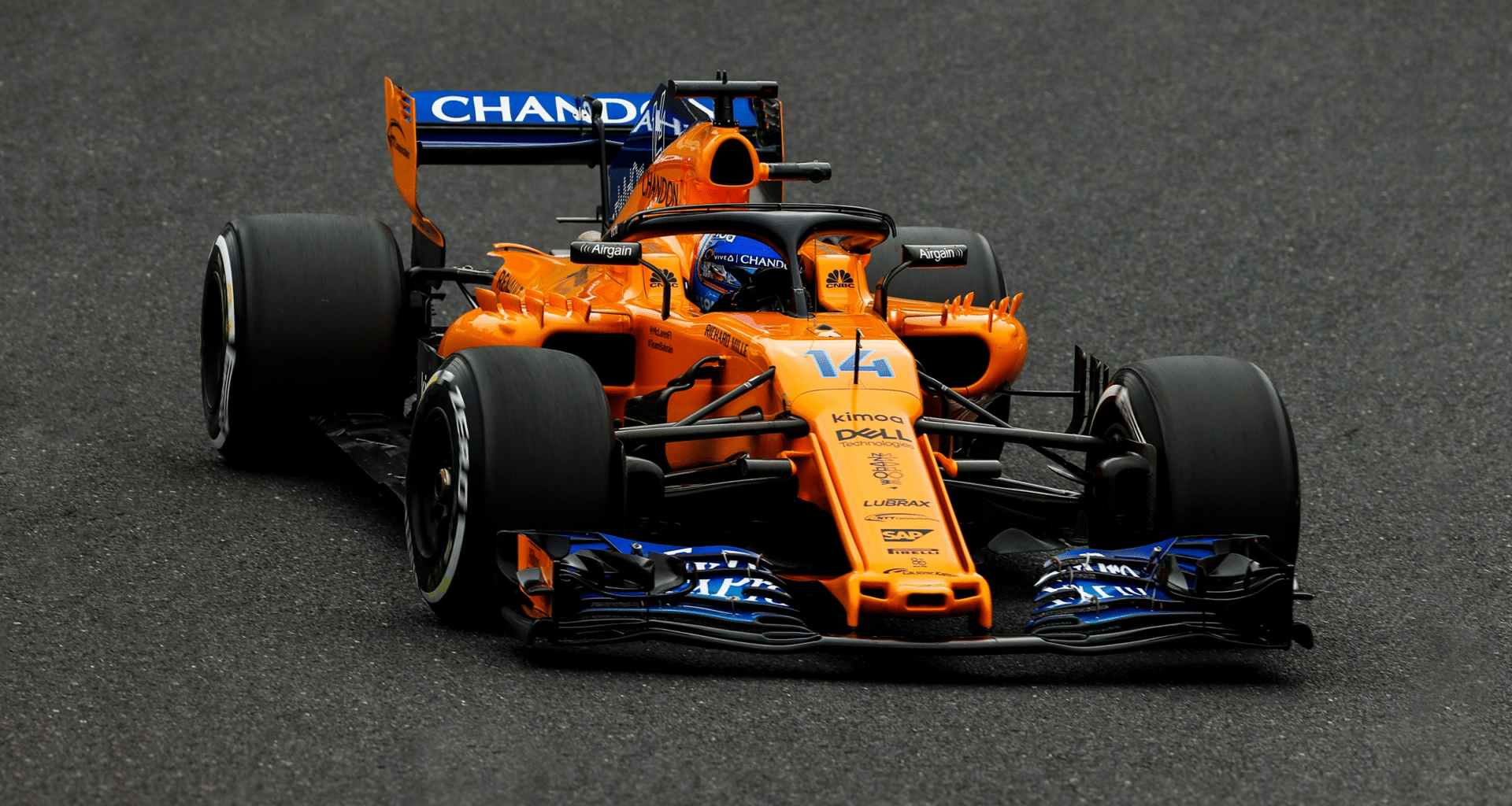In the world of motorsports, Formula 1 (F1) cars are considered the fastest and most technologically advanced racing machines..
The dimensions of these cars play a significant role in determining their speed, handling, and overall performance on the track.
F1 cars in 2023 are currently are a maximum 5.63m in length, 2m wide, 95cm tall.
These dimensions, constantly subject to change due to evolving regulations, can greatly impact a team’s success on the track.
The dimensions of an F1 car can be deceptive, as they may appear smaller and more compact on TV than they actually are.
The width, height, and length of a Formula 1 car contribute to its overall size and profile.
For example, the more extended wheelbase may give a car more stability and a lower center of gravity, whereas a wider body allows for greater downforce and higher cornering speeds.
By diving deeper into these technical aspects, we can better understand the complexities and challenges of designing an F1 car for optimum performance.
Table of Contents
- 1 Factors Influencing Formula 1 Car Length
- 2 The Evolution of Formula 1 Car Length over Time
- 3 Length Differences between Formula 1 Teams’ Cars
- 4 Impact of Length on Formula 1 Car Performance
- 5 Formula 1 Car Length Regulations and Restrictions
- 6 Comparing Formula 1 Car Length to Other Racing Cars
- 7 The Future of Formula 1 Car Size and Design
Factors Influencing Formula 1 Car Length
The length of a Formula 1 car is influenced by numerous factors, including current regulations, aerodynamics, and engineering advancements.
F1’s governing body, the Fédération Internationale de l’Automobile (FIA), plays a crucial role in determining the regulations for car sizes.
Such restrictions focus on maintaining fairness and safety in the sport while also encouraging innovation and design improvements.
Aerodynamics is another significant factor in determining the length of an F1 car.
Designers strive to minimize air resistance and create efficient airflow around the car’s body, leading to changes in its size and shape.
Furthermore, technological advancements in materials and engineering have allowed teams to develop lighter and stronger components, enabling them to optimize car length for performance without sacrificing durability.
The Evolution of Formula 1 Car Length over Time

The dimensions of Formula 1 cars have evolved significantly over the years.
Throughout the sport’s history, changes in regulations and technological advancements have led to an overall trend of increasing car length.
For instance, between 2002 and 2022, the length of F1 cars has increased considerably, reflecting both a shift in design philosophies and the impact of revised regulations.
One notable change occurred in 2017 when the FIA increased the allowed width of F1 cars from 1.8 meters to 2 meters, aiming to enhance aerodynamic performance and cornering speeds.
As a result, contemporary F1 cars are now the largest and heaviest they have ever been, highlighting the ongoing evolution of the sport’s engineering and design.
Length Differences between Formula 1 Teams’ Cars
Although all F1 car lengths are limited by FIA regulations, there can be slight variations in size between different teams’ cars.
These differences may be attributed to each team’s unique design approach, engineering priorities, and strategy.
For example, some teams may prioritize aerodynamics and cornering speed over straight-line speed, leading to variations in car length and wheelbase.
In the 2022 season, Formula 1 teams have displayed a variety of car lengths, with most cars measuring between 5.4 and 5.5 meters.
Some teams, such as Mercedes and Ferrari, opt for the maximum allowable length, while others, like Red Bull and McLaren, might choose a slightly shorter wheelbase for their cars.
These differences reflect each team’s individual philosophies and goals for their race cars’ performance.
Impact of Length on Formula 1 Car Performance

The length of an F1 car has a significant impact on its overall performance.
A longer wheelbase can provide greater stability and a lower center of gravity, potentially increasing the car’s grip during cornering, while a shorter wheelbase may offer a more agile and responsive handling experience.
The difference in lengths between various teams’ cars can lead to contrasting strategies when considering on-track performance.
- Positives:
- More surface area for wings and aerodynamic devices to generate increased downforce.
- Space for much larger fuel tanks to contain the necessary fuel volume.
- Accommodation for wide, sticky tires and complex suspension systems.
- Capacity to package powerful hybrid engines and energy recovery systems.
- Negatives:
- Heavier and slower acceleration compared to slimmer predecessors.
- Maneuverability and agility reduced on tight circuits.
- Higher drag leading to increased fuel consumption.
- Overtaking difficulty increased due to car’s dimensions.
Moreover, the width of F1 cars also affects their cornering ability, with wider cars generating increased downforce for higher cornering speeds.
However, making the car wider also increases its drag, which can have detrimental effects on overall straight-line speed.
Designers and engineers must find the right balance between competing factors, experimenting to find the optimal car length that maximizes their team’s performance.
Formula 1 Car Length Regulations and Restrictions
Formula 1 car size is tightly regulated by the FIA, with strict guidelines that limit the length, height, and weight of each car.
These regulations are put in place to maintain a level playing field for all teams while ensuring driver safety and fostering innovation among competitors.
- Maximum overall car length – 5.5 meters.
- Minimum cockpit opening – 550 millimeters.
- Maximum rear wing overhang – 1 meter from rear axle center.
- Monocoque internal cross section – 325 millimeters height x 450 millimeters width minimum.
- Wheelbase span – 3.2 to 3.7 meters.
Teams must adhere to these limitations, with penalties and disqualifications handed out for any car that does not meet these strict requirements.
As regulations evolve over time, teams must adapt their car designs to comply with new restrictions.
This constant push for innovation while adhering to the sport’s regulations exemplifies the unique and challenging nature of Formula 1 car development.
Comparing Formula 1 Car Length to Other Racing Cars
When comparing Formula 1 cars to other major international racing series, their lengthy dimensions stand out:
- NASCAR Cup Series – Less than 5 meters long.
- IndyCar – Approximately 5 meters in length.
- Formula E – Around 5 meters as well.
- Formula 1 – Up to 5.5 meters, the longest top level racing cars.
The maximized length of modern F1 cars gives them advantages on fast circuits but disadvantages them on tighter courses compared to competitors.
The Future of Formula 1 Car Size and Design
As technology and racing regulations continue to evolve, the size and shape of Formula 1 cars will likely change as well.
For example, the 2022 F1 cars are expected to adopt a different aerodynamic philosophy, focusing on ground effects and underbody airflow to improve overtaking, leading to potential changes in size and shape.
While it is difficult to predict the precise dimensions of future F1 cars, we can expect ongoing progress in technology and design to influence these incredible racing machines as teams continually strive for maximum performance within the constraints of regulations.





